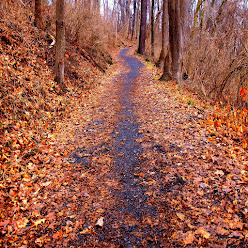It's impossible to build a house without a plan, and most architects need more than one to achieve the results their clients envision. The same is true for writers. No one can accomplish everything—story arc, character development, smooth prose—in just one try.
When writers say they wrote a story in one sitting, they usually mean they did little or no revision while putting the initial concept on the page. While this is a great feeling, a strong first or early draft is still just a beginning. The all-important second or development draft is when the real story starts.
While a story or novel may undergo any number of revisions, there are three basic types of drafts: rough, development and final. The main goal of a rough draft is to capture the concepts emerging from the writer’s imagination while creative fires burn hottest. The main goal of a final draft is polish. The development draft’s main goals are exploration and discovery. Here’s why these goals are important and how to achieve them.
Many writers assume their initial story is the story they’ll end up with. But seeing story this way eliminates opportunities because writers don’t know to look for them. Like experienced hikers, skilled writers keep their minds, eyes and efforts open. Stories can offer up gems if we’re looking for them.
- Step 1 — Mindset: Assume the story you’ve written isn’t the final version. Also assume there are discoveries to be made, large and small. To that end, think through your story and list which aspects you’d like to examine for opportunities.
- Step 2 — Explore: When hikers travel new terrain, they’re looking to learn the surroundings. In familiar territory, they’re looking for what’s different. It’s never the same river twice. Writers can take the same approach by asking one simple question of their main and even secondary characters. What secrets are you still keeping, from others, from yourself, from me as the writer?
- Step 3 — Observe: Practiced hikers know that all areas vary by season, time of day and weather so watchful travelers pay attention to changes in landscape and wildlife. Apart from the fact that vigilance could save their lives, they’re alert to changes because variations enhance the hiking experience.
Writers can take a similar approach by asking these questions of their stories:
- What do I notice now that I didn’t before? How will this impact the overall story and the people in it?
- How might I incorporate these changes to advance plot and develop character at the same time.
When we’re open to opportunities, actively seeking them and turning over rocks to find where they’re hiding, we’re usually (pleasantly) surprised at what we discover. If this means we need to expand the story or flesh out the characters, we may need to trim or remove other aspects.
Just as hikers want to avoid excess baggage, so do we. So do readers. Whether growing our narratives or reducing them, we can’t assume that a strong first or early draft means we’re done. Instead, we can assume the opposite. The strongest drafts often yield the most precious gems.
Happy writing!







